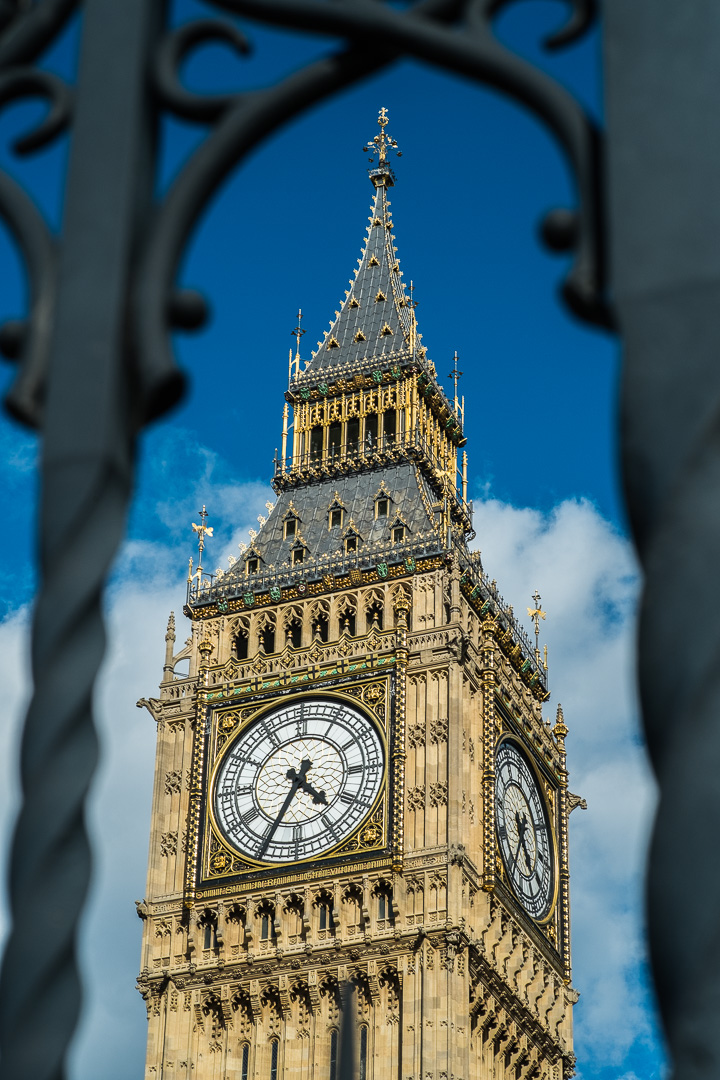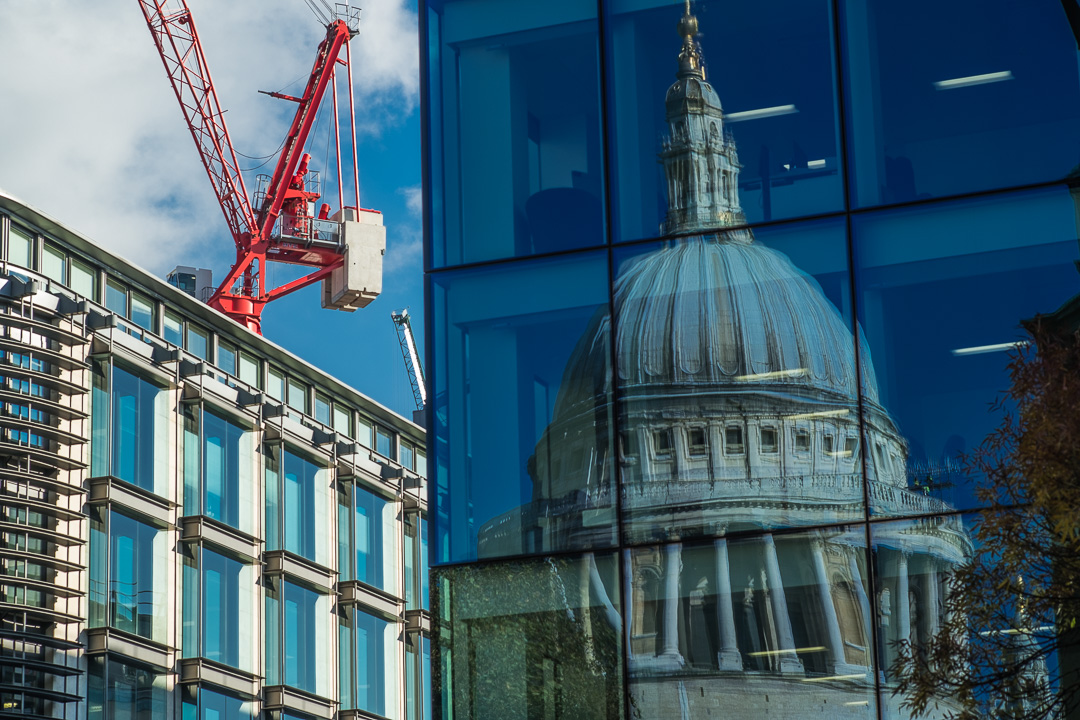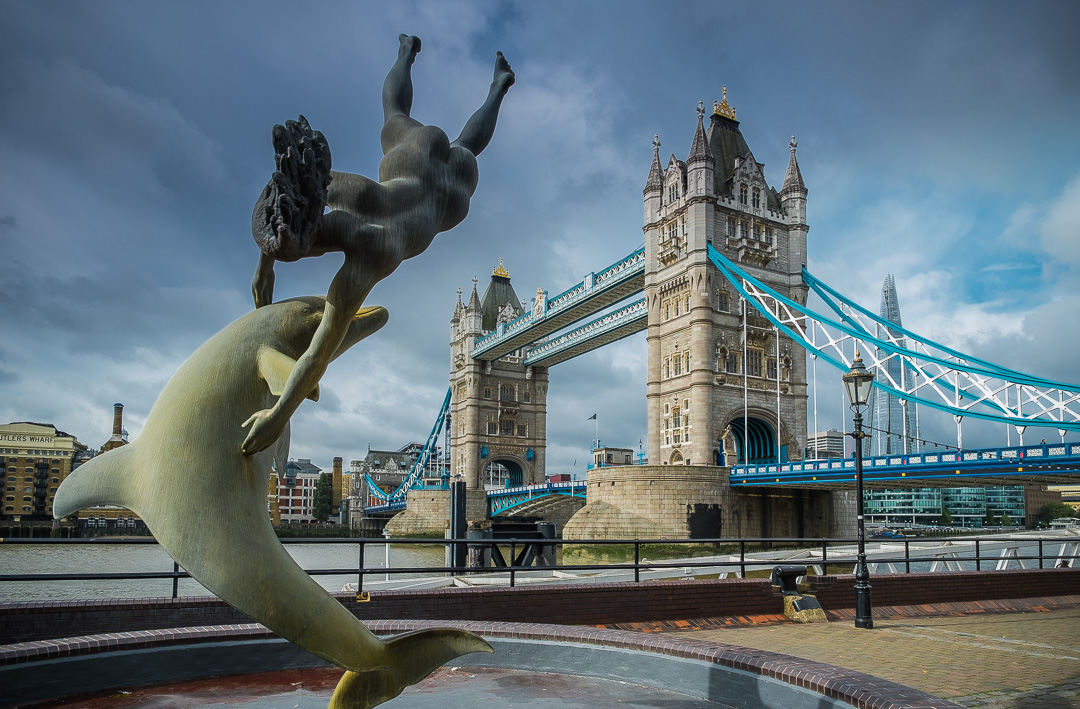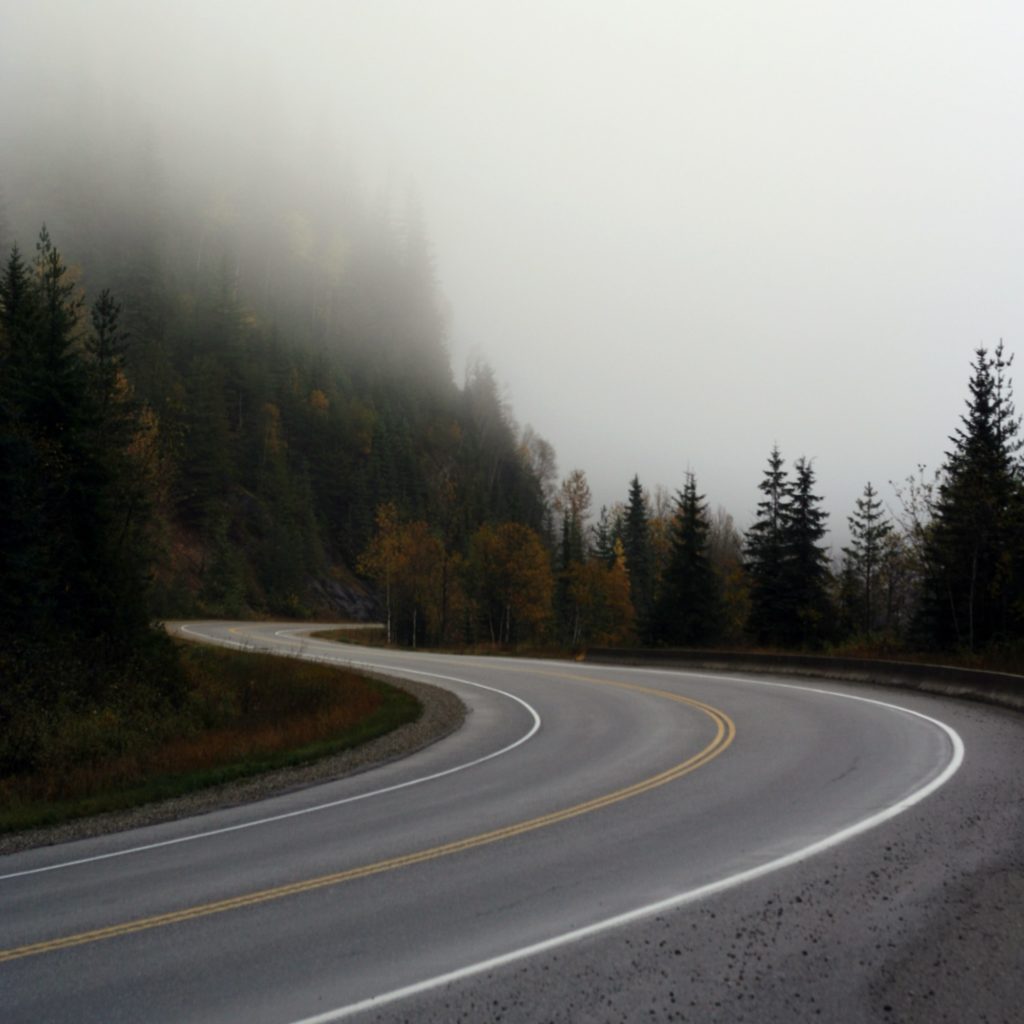Every photograph has a frame. By its very nature, the top, bottom, and sides of a photo, be it digital or printed are the boundaries of our composition. However, composition does not have to stop at the physical or digital edges of our images. Very often we add an extra frame to the outside of our images. This could be a photo frame for a print or a black border for a digital image. Both will change the composition of the image.
There is, of course, another type of frame that we can use in photography, one that changes the feel of a composition significantly more than an external frame. We are talking about frames within our images and today we are going to take a look at it.

What Are Frames?
A frame within an image is an element of the shot that blocks our eyes from wandering away from our chosen subject matter. This element can be physical such as a door or window frame or it could be something like a shadow or a line of low dark clouds. To make a good frame the elements that make it up have to have a strong geometrical presence in the image without moving visual weight away from the subject matter. One important thing to note is that frames within frames do not have to bound the entire image, they can be limited just two or three of the images limits.

Why Use Frames?
So why would we use frames in our photographic compositions? There are multiple reasons, we might be trying to give our image a sense of depth, a three-dimensional feel. A frame will instantly tell the viewer that there are two very different areas to the image, a foreground, the frame and a background, the subject. A frame that has a deep width can further enhance that depth by creating leading lines in towards the subject. All of this changes the perception of a two-dimensional image into one with a three-dimensional feel.
We may wish to lead our viewer's eye on a journey through the images and towards the subject. A carefully composed frame can do this by preventing the eye from wandering to the image’s edge and beyond. The strong graphic element of the frame acts as a boundary to the composition pushing our eyes back towards the main subject matter.
Frames can add a sense of mystery to our images. Looking through a window our eye is focused towards one subject but our mind might question what lies outside the boundaries. They can also add context as in this image below. The arch leads our eye to the minaret and shows clearly that we are inside a mosque.

Types Of Frames
A frame can completely surround the subject, such as a window or frame the subject in two or three directions. The frame can be a man-made object or a natural one. A completely closed frame works as a very strong device for leading the eye to the subject. The way the frame is lit will change the perception of that subject. For example, if are shooting a yacht at sea through a window, if we expose the interior of that window to be very dark, we create a bold geometric shape that focusses our eye solely on the yacht. If however we also add light to the interior, the whole mood of the image changes. With the window frame lit we are in that room looking out at a yacht, the mere act of lighting the interior gives us a sense of mystery.

Framing on two or three sides gives us a more fluid image, it allows our eye to wander yet return to the subject. This type of framing works well with natural frames such as trees, leaves and plants. Their softer edges allow the subject to breathe and give us more tranquil feel to the image.

When using framing in your shots you will often have to work in other compositional techniques. For a strong bold image, you can use symmetry and a fully closed frame. The symmetry will come from the identical sides of that frame. As mentioned before, if our frame has a certain amount of depth, we can use that as a leading line. The join between the side and bottom of a castle’s window, for example can lead the eye out through that window. Thirds work well within framed images. Make sure to position your subject on a third within the frame and not within the whole image.

Frames are a powerful way to isolate an image and create a feel or mood. They are all around us, be it natural or man-made. Next time you are shooting take a look to see if you can incorporate a frame within your shot.




